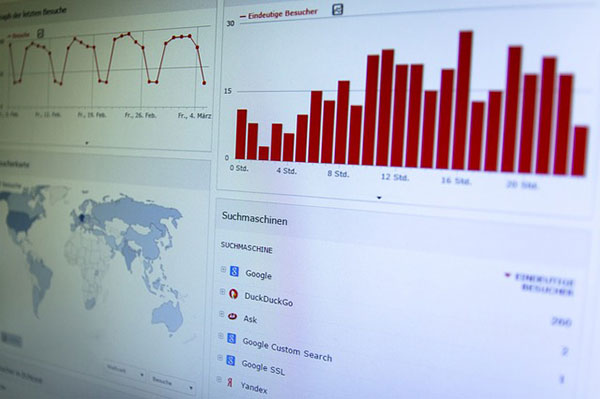Conversion rate is basically all about the percentage of visitors who turn into paying customers. If you are an online retailer, well, this will be one of the most desirable experiences that you can have. It’s a new generation where people prefer a website rather than a typical brick-and-mortar store for shopping.
This metric is calculated by,
Conversion Rate = Number of Sales/Number of Visitors X 100
To give a much better insight, let me take up a simple calculation. Suppose your website has two thousand visits with twenty successful sales, then your conversion rate would be 2%.
Even though e-commerce business is not a very new trend, the working principles have hardly changed. With unlimited competition, it is not easy to attract audience and make them your loyal customers.
Nowadays, we can see plethora of websites making their presence around the digital landscape, thriving for better performance, but not everyone are succeeding. Leads, Sale numbers, ROI, conversion rates, these are some of the magical terms that everyone wants to have in order to experience a successful growth.
How is a lead related to conversion rate?
People tend to get confused when they hear about leads. Leads are nothing but visitors and it is also one of the most important metric in determining the website’s performance.
There is a good possibility that every lead will not turn into a paying customer, but the chance to understand their requirements will be better.
The lead value is calculated by the formula:
Lead Value = Value of Sale/ Number of Leads
Apart from lead value, two more metrics are equally important in deciding the conversion rate.
Other Metrics for Determining Conversion Rate
Google Analytics is the most suitable place to look into these metrics and they come in quite a few numbers. The list includes, average time, average page views, bounce rate and exit rate.
Considerably, both bounce rate and exit rate holds a critical place in web analytics. So, let’s have an over view on each of these metrics which come under the behavior section of web analytics.
- Exit Rate-
- This metric is often confused with the bounce rate, but frankly it differs very largely. Under exit rate, the visitor may have visited few pages before walking out of your website.
- Bounce Rate-
- On contrary, under bounce rate, the visitors tend to abandon the website after visiting a page. To be more precise, they leave the website as soon as they land on the webpage.
- Usually if there is a higher bounce rate on homepage, then it is an indication of terrible website design which includes complex navigational structure and bad content.
Challenges encountered in an E-commerce Business
Challenges, as in other words, we can say why having favorable conversion rates is not an easy task. Why ecommerce business, even though opens windows of opportunities is not an easy place to progress?
The perfect answer for these questions is user-experience. Conventionally speaking, the visitors who come to your website decide your fate based on the experience they have. Following are few important website characteristics that are to be efficiently looked into, to maintain a steady growth.
- Mobile Compatibility-
- One of the basic principles of achieving a good conversion rate is to have a maximum audience reach. Keeping only desktops as your medium is not going to help in any way. The percentage of mobile users have increased rapidly, hence cross-compatibility is definitely needed.
- Navigational Structure-
- How well or how fast your potential customer can find your products depend on your website’s navigational structure. Customers tend to hop to some contenders website if they feel lost or frustrated in the maze of your website.
- Hosting Solution-
- The tag of an ecommerce business is ‘24X7 presence’, well lot of factors can affect that and make it void. And one such factor is the hosting solution. If your website is susceptible to overloading then it is a bad indication for usability and SEO ranks.
- Unless your website is under a good service provider, that criterion will not be affected.
All these influencing factors are to be followed efficiently, if not, get ready to experience a drop in the conversion rates, while gaining more of the bounce rates.



